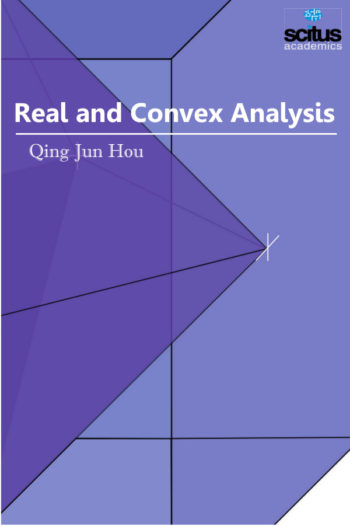Dynamical systems theory, one of the rapidly developing areas of modern mathematics, deals with powerful theoretical base for exploring a variety of models that arise in natural and social sciences, engineering and technology. The blend of the internal wealth and beauty of results with the outstanding practical importance motivates a growing number of specialists to study into dynamical systems. Differential equations have a remarkable ability to predict the world around us. They are used in a wide variety of disciplines, from biology, economics, physics, chemistry and engineering. They can describe exponential growth and decay, the population growth of species or the change in investment return over time. In applications, the functions usually represent physical quantities, the derivatives represent their rates of change, and the equation defines a relationship between the two. Because such relations are extremely common, differential equations play a prominent role in many disciplines including engineering, physics, economics, and biology. In pure mathematics, differential equations are studied from several different perspectives, mostly concerned with their solutions—the set of functions that satisfy the equation.
This book ‘Dynamical Systems & Differential Equations’ covers all areas related to dynamical systems and differential equations and their applications in biology, economics, engineering, physics, and other related areas of science. It provides dynamical aspects of ordinary differential equations and the relations between dynamical systems and certain fields outside pure mathematics with an emphasis on systems of ordinary differential equations and will be most appropriate for upper level undergraduate and research students as well as serve scientists through significant advances in any branch of science and technology and the discussion of new scientific developments.













